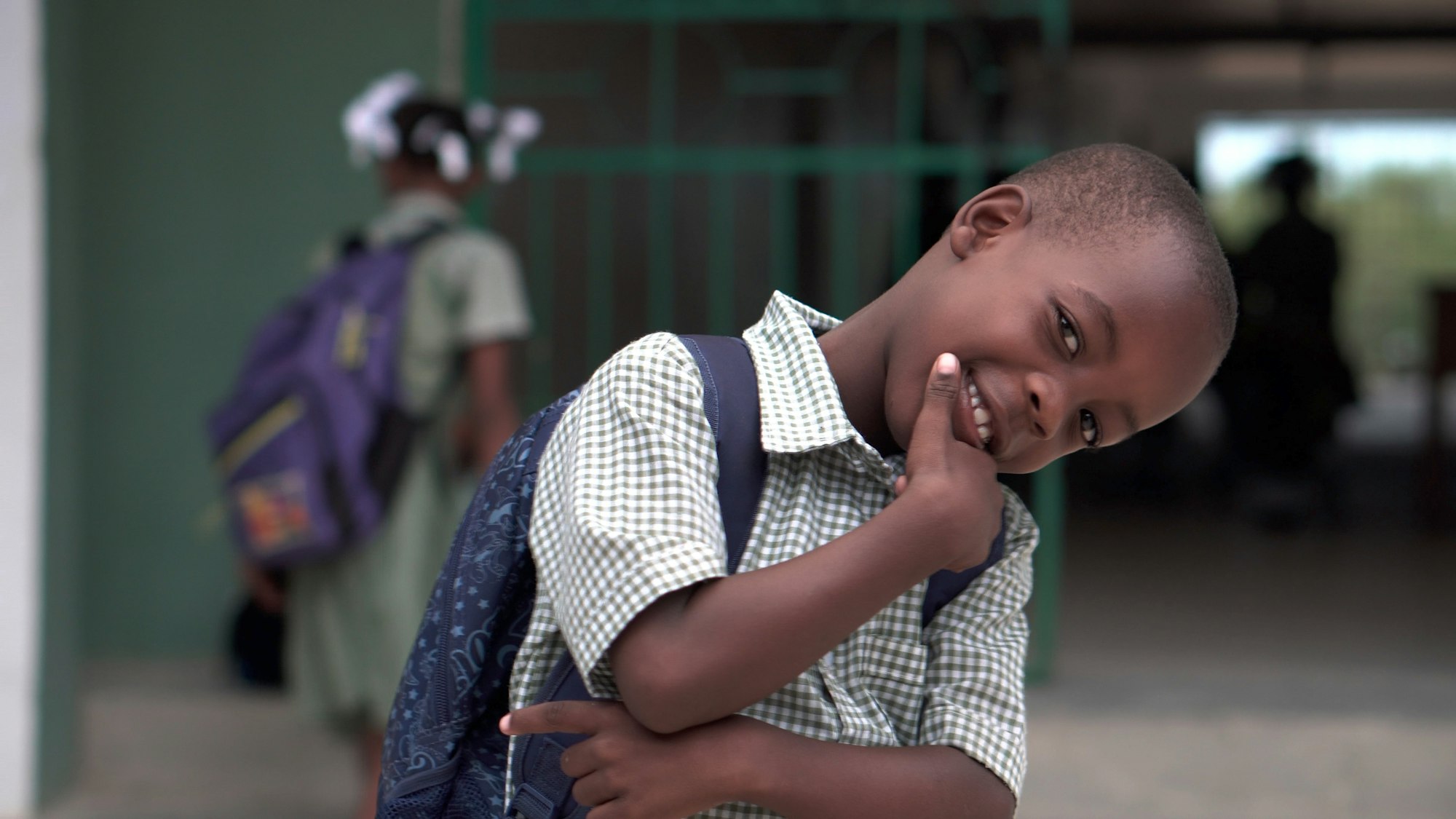Since 1965, the stated policy of the United States government has been to improve equal opportunity in K-12 education. Decades of interventions have narrowed school funding gaps and attempted to ensure that at-risk children have access to a high-quality school. But academic researchers have found that the expanding federal role in education hasn’t closed the achievement gap.
In 2021, a growing number of states are attempting to improve equal opportunity by expanding parental choice in education. As former Florida Governor Jeb Bush wrote in National Review last week, “already, a dozen states have expanded private-school-choice options, and four states — Indiana, West Virginia, Kentucky, and Missouri — have created new education-scholarship-account programs that put money aside for parents to make decisions on their children’s learning.”
Now, federal lawmakers are proposing to give all disadvantaged children similar options.
On Thursday, Senators Mike Lee (R., Utah) and Tommy Tuberville (R., Ala.) introduced the Children Have Opportunities in Classrooms Everywhere (CHOICE) Act. The bill could revolutionize American K-12 education and expand equal opportunity. The bill would give disadvantaged parents the power to use a share of federal education funding to purchase high-quality learning options for their children:
The CHOICE Act would allow low-income families with children in grades K-12 to apply for federal education funds that they can choose to put towards the public school in which their children are enrolled; or towards an education savings account, known as 529 account. Additionally, it would expand the qualified expenses for 529 accounts so that they could go towards private school tuition, virtual learning, tutoring, homeschooling curriculums, therapy services, and more.
In 2021, we need this approach to reforming federal policy more than ever. Pandemic-related public school closures interrupted the educations of tens of millions of students and are expected to have lifelong consequences. UCLA researchers predict that school closures will broadly result in lower life expectancies for affected children. The Federal Reserve Bank of San Francisco projects that the nation’s annual economic output would be a quarter of a percent lower on average over the next 70 years due to pandemic-related learning losses. While researchers are only beginning to understand the academic consequences of prolonged school closures, it’s very likely that the pandemic has increased the achievement gap between disadvantaged children and their peers.
Congress responded to COVID-19 by providing states with more than $190 billion in federal emergency funding. But state departments of education are currently sitting on more than $180 billion after having used just a small fraction of that aid to reopen schools or help students during the pandemic.
Sens. Lee and Tuberville are offering a smart strategy for using federal funds to immediately help children. Giving disadvantaged children direct access to their share of federal funding through expanded 529 accounts would improve their schooling options and reduce the outside-of-school learning gap.
Reforming federal education policy to expand parental choice to narrow education opportunity gaps was a good idea before pandemic. In 2021, it’s the best option for addressing the damage done by the COVID-19 pandemic and achieving the longstanding national goal of ensuring equal opportunity in American education.

